Graded antonyms are pairs of words with opposite meanings which are on a continuous spectrum. Some examples of graded antonyms are hard and soft, best and worst, wet and dry. Complementary antonyms are contradictory, something is either one or the other without any degree of differentness.
Some examples of complementary antonyms are push and pull, on and off, in and out. The third category of antonyms is relational antonyms, which are word pairs in which there is context between the two words. Both of these words must exist in order for them to be considered the opposite of something.
Some examples of relational antonyms are husband and wife, teacher and student, predator and prey. An antonym is one of a pair of words with opposite meanings. Each word in the pair is the antithesis of the other.
There are three categories of antonyms identified by the nature of the relationship between the opposed meanings. Where the two words have definitions that lie on a continuous spectrum of meaning, they are gradable antonyms. Where the meanings do not lie on a continuous spectrum and the words have no other lexical relationship, they are complementary antonyms. Where the two meanings are opposite only within the context of their relationship, they are relational antonyms. Negation is an elemental factor in our language, and there is a variety of expressions that can convey negative meanings.
Classifying concepts related to negation will help us understand the ways in which it is used, and will reveal one of the bases of our cognition. One of the most prominent functions of negation is its appearance as a direct negative marker, such as "not" or "no", in order to deny an object or actions. Simultaneously, we can also observe several "negative meanings" in various aspects of speech. In this paper, I will focus on the "negative meanings".
A number of the usages are reflections of our perceptions of our world and environment. Antonyms and synonyms are two classical linguistic categories, and their concepts are closely related to negation. However, thus far, their characteristics have not been adequately investigated from the perspective of negation. This paper investigates the negative meaning expressed by antonyms and synonyms. The study of antonyms (or 'opposites') in a language can provide important insight into word meaning and discourse structures.
This book provides an extensive investigation of antonyms in English and offers an innovative model of how we mentally organize concepts and how we perceive contrasts between them. The authors use corpus and experimental methods to build a theoretical picture of the antonym relation, its status in the mind and its construal in context. Evidence is drawn from natural antonym use in speech and writing, first-language antonym acquisition, and controlled elicitation and judgements of antonym pairs by native speakers.
The book also proposes ways in which a greater knowledge of how antonyms work can be applied to the fields of language technology and lexicography. In this paper, I investigated the cognitive orientation of the negative meaning in antonyms and synonyms. I primarily focused on indirect negative sentences, which do not have direct negative markers such as "not" or "no". We can observe indirect negatives, meaning the polar-opposition type antonyms. We can also notice positive/negative images in synonymous words. The term antonym is commonly taken to be synonymous with opposite, but antonym also has other more restricted meanings.
Graded antonyms are word pairs whose meanings are opposite and which lie on a continuous spectrum . Complementary antonyms are word pairs whose meanings are opposite but whose meanings do not lie on a continuous spectrum . Relational antonyms are word pairs where opposite makes sense only in the context of the relationship between the two meanings . The "Near-Far" pair presents examples of indirect negatives, and their meaning appears to be originally derived from a metaphorical mapping from the experience of spatial cognition. The indirect negative meaning of the language can be observed in the domains of DIFFERENCE with regard to FAR.
The sentences in the domains of DIFFERENCE with regard to FAR can be paraphrased into direct negative sentences. Context clues can also help when a word has more than one meaning. Some simple examples are "bank," "live," and "rose." Context clues allow us to choose the specific meaning the author intended for that word, at that time. If you're reading about a bear racing through the woods, for example, and he climbs a bank, context clues tell you it's a mound of dirt, not a place where people keep their money. While your dictionary or thesaurus may list a pair of words as antonyms, there's a chance they really aren't diametric opposites.
Before you drop a word in as an antonym, look beyond the first definition and think about precisely what you want to convey. Watch out for these 70 words and phrases that you're probably using all wrong. I tried to reconstruct antonyms and synonyms in the field of negation study.
I hope this research will contribute to both the knowledge of theoretical linguistics and to the teaching of English. There are other ways of discovering the negative meanings of synonyms. Examples and show that the verb itself sometimes has the negative meaning by default. The verb "smell" can be used with both the positive adjective "nice" and the negative adjective "bad", but when it is used without any adjectives, it conveys a negative evaluation. The noun "smell" has both positive and negative evaluations. They observe that people contrast positive and negative pairs in a certain manner, and this order appears to be backed by some reason.
It is very important to know synonyms and antonyms of words when you are learning a language. Especially, they help us to expand our vocabulary and avoid repetition in our writing and speech. Moreover, dictionaries and thesauruses often help us to find synonyms and antonyms. Antonyms are two or more words that have opposing meanings.
We will look at the different types of antonyms, where the word antonym came from, a few examples of antonyms and some examples of the word antonym used in sentences. Antonyms are words that have opposite or contrasting meanings in a specific domain . There are no publicly available comprehensive antonym lists. Antonym- a word that expresses a meaning opposed to the meaning of another word, in which case the two words are antonyms of each other. Antonyms - words of the same category of parts of speech which have contrasting meanings such as hat - cold, light - dark, happiness - sorrow.
Some differences do exist, and occasionally, these hold the key to their negative meaning. Some of these contrasts seem to convey the indirect negative meaning. These contrasts are closely related to the concept of antonyms. Next section is a case study of our "up-down" spatial cognition and negative meaning. When considering negation, references to the set theory and Venn diagrams are inevitable.
The basic concept of negation could be stated as the contrast between "X and NOT X". On the other hand, opposition is a bipolar idea, and occasionally strongly fixed. For example, "in-and out", "man and woman", "dead and alive", "black and white", "long and short", "rich and poor", "heavy and light" etc., are pairs that are strongly fixed. Some of these pairs are frequently used to express the meaning of negation.
These pairs can adequately express the meaning of negation without using a direct negative marker such as "not" or "no". Synonyms are words with similar meanings, while antonyms are words with opposite meanings. Thus, this is the main difference between synonyms and antonyms. Importantly, both help us to expand our vocabulary and avoid repetition in our writing and speech. The importance of antonyms and synonyms in writing can not be overstated.
When writing creatively or in non-fiction, you will almost certainly have to use antonyms to show an opposite relationship. Knowing these, or learning how to correctly create these, is important because it allows you to use different terms to describe something effectively. Hopefully, the above examples have made the meaning of complementary and binary pair antonyms much clearer. To remember which antonyms are complementary and binary pairs, ask yourself if both can be true – if they can't, then they are complete opposites and are complementary and binary pairs.
Antonyms are an important word type to use in almost any form of writing. Many people though, don't actually understand what an antonym is. Most people would be surprised to hear that they probably use antonyms all of the time without realizing it though. This guide will take you through what an antonym is, how it is used in writing, and give you some of the reasons why learning antonyms is important in any type of writing.
A word may have more than one antonym, just as a word may have more than one synonym. Synonyms are two or more words with the same or nearly the same meaning. There are many more synonyms than antonyms in the English language, as not all words have an opposite.
The word antonym was not added to the language until the 1860s, derived from the Greek prefix anti– meaning opposite or against, and the Greek work onym which means name. The word antonym comes from Greek and means "against a name." There are three types of antonyms, and many words can have multiple antonyms, depending on the meaning of the original word. As literary devices, antonyms are one of the simplest to find and use. It is a word that means the same, or almost the same, as another word. They help us avoid repetition in our speech and writing and expand our vocabulary.
Synonyms and antonyms are used every day by teachers, students, writers, editors, poets, and songwriters to add variety to writing. General or inference clues – These types of context clues are a little more subtle. They usually require readers to look beyond the sentence they're reading for understanding, sometimes even at the entire passage, the topic of the piece or the illustrations. If other, more specific context clues are missing, looking for inference clues is your child's best bet.
If you can help your child understand what they are, and how they work, she'll have an ever-ready tool kit to use whenever she's reading and finds herself stumped by an unknown word. Context clues are hints – or "clues" – to the meaning of a word that are quite literally hidden in plain sight, right there in every reading passage you or your child has ever encountered. Context clues are hints in the passage, paragraph or individual sentence that, if considered, can tell you the meaning of a word you are not familiar with. Sometimes even the title of a piece or the illustrations that come with it offer context clues, as well. Whether you've ever heard the term before or not, you probably use context clues all the time – maybe without even realizing it. Think about the last time you came across an unfamiliar word while reading.
Or just maybe, you figured out what it meant all on your own. Given that we lack sensory-motor experience for abstract concepts, how do we find out what they mean? How far can we get by tracking frequency distributions in input?
Focus is on the synonymy of constructions and lexemes, a meaning relation that has been largely ignored in Western linguistics. Frequency in all its guises plays a major part in this book. Approaching meaning from a usage-based perspective, a radically distributional approach to quantifying meaning is proposed that encompasses both the constructional and lexical level. Statistical data analysis, relatively new in the field of linguistics, yields a cognitively realistic, clustered model that encourages re-evaluating existing accounts of near-synonymy. Theoretical concepts spanning a range of cognitive linguistic frameworks, i.e. Cognitive Grammar, Radical Construction Grammar and Prototype Theory, account for the complexity of the data and lead to a re-appraisal of traditional semantic theory.
The theoretically informed combination of descriptive accuracy and methodological innovation makes the book a worthwhile read for cognitive linguists and psycholinguists alike. Converse antonyms are pairs of opposites where one cannot exist without the other. For example to have a husband, you must have a wife. Therefore, husband and wife are complementary antonyms. Note that sometimes in literary work, these antonyms can be used differently. For example, in my above sentence "You scared me half to death," there is no area between alive anddead.
However, this is a common expression and you often see gradable pairs used in this manner. On the other hand, example shows that the verb "stink" has a strong negative meaning as its default sense, which precludes it from being used with positive adjectives. The "NEAR-FAR" pair does not possess the meaning of a subjective good-bad evaluation.
It merely conveys a meaning that is based on spatial cognition and central-peripheral matter. Although the former word "NEAR" in the "NEAR-FAR" pair has a certain negative meaning , the former word "HIGH" in the other pair does not appear to have any negative connotation. The viewpoints of Cooper and Ross are interesting because they focus on the order of the words, and from the results obtained, they discover the single aspect of negation. However, they do not mention the difference between these polarity pairs and negation. In reality, in the case of polarity pairs, particularly adjective polarity pairs, the latter member of the pair is frequently used to express a negative meaning. Furthermore, there are three types of antonyms as gradable, complementary, and relational antonyms.
A synonym is a word or phrase that means exactly the same as another word or phrase, in the same language. In other words, synonyms are words with similar meanings. For instance, words like delicious, yummy, succulent are synonyms of the adjective tasty.
Similarly, verbs like commence, initiate, and begin are synonyms of the verb start. However, it is important to remember that not all pairs of words in the English language are so easily interchangeable. The slight but important differences in meaning between synonyms can make a big difference in your writing.
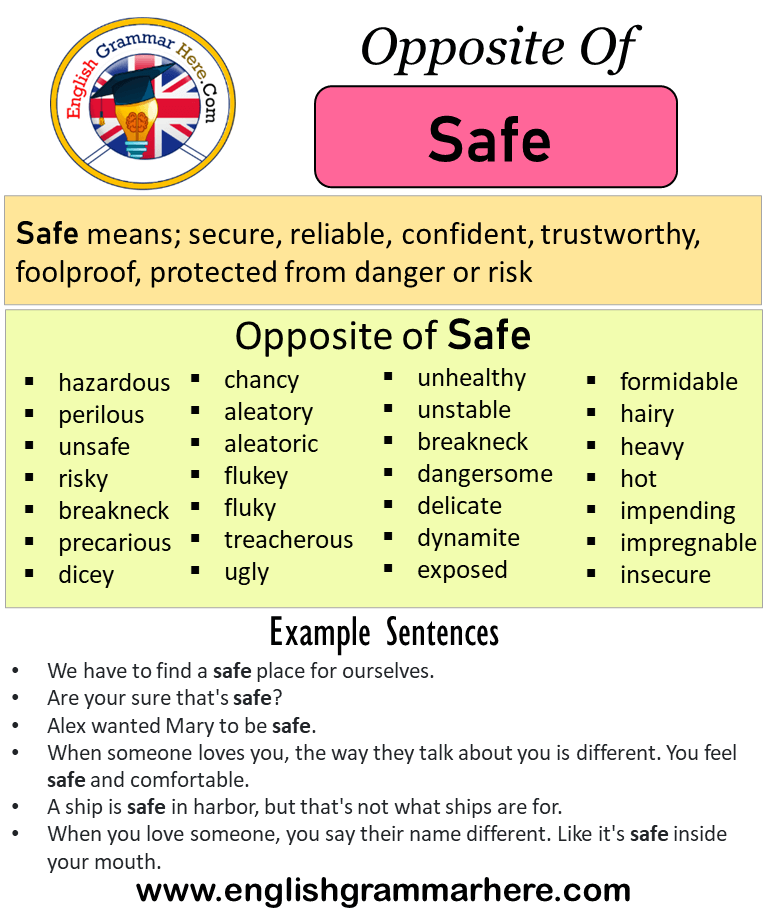




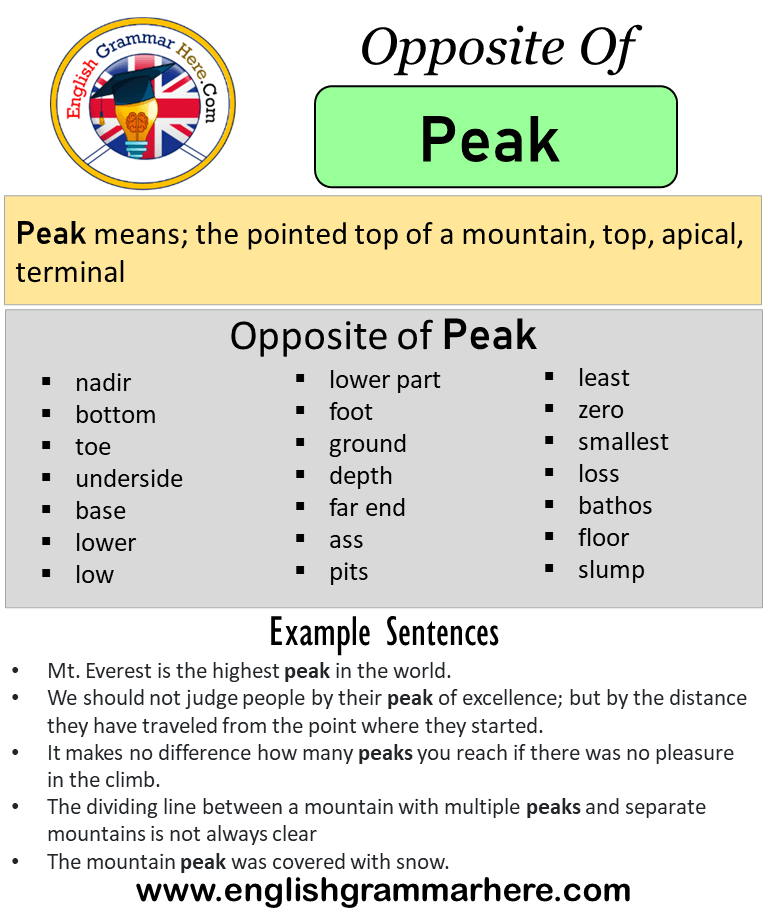






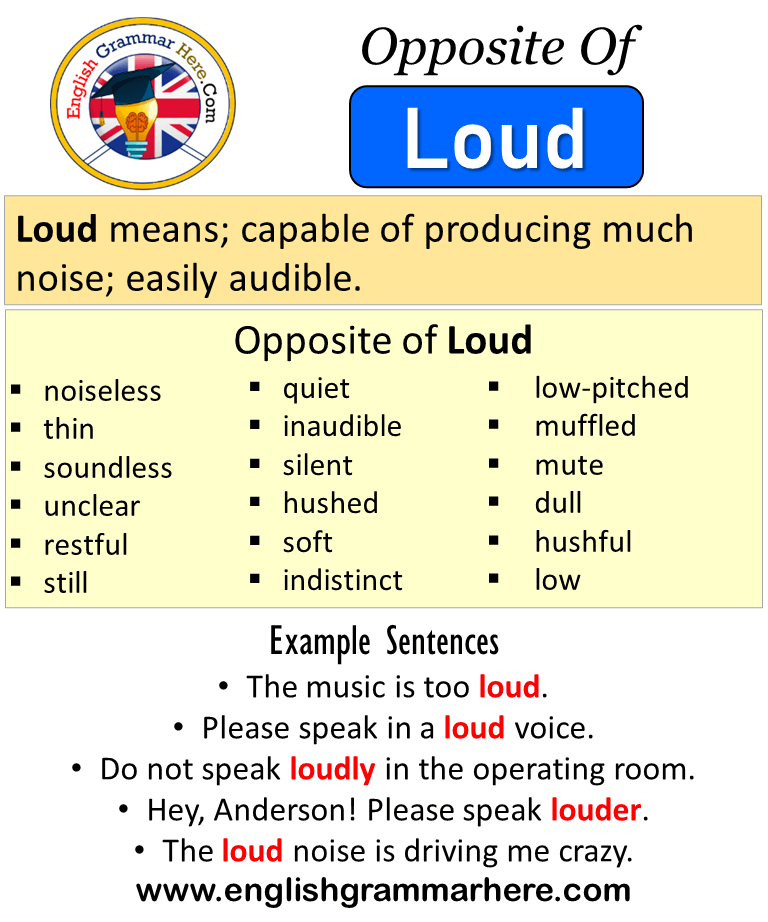
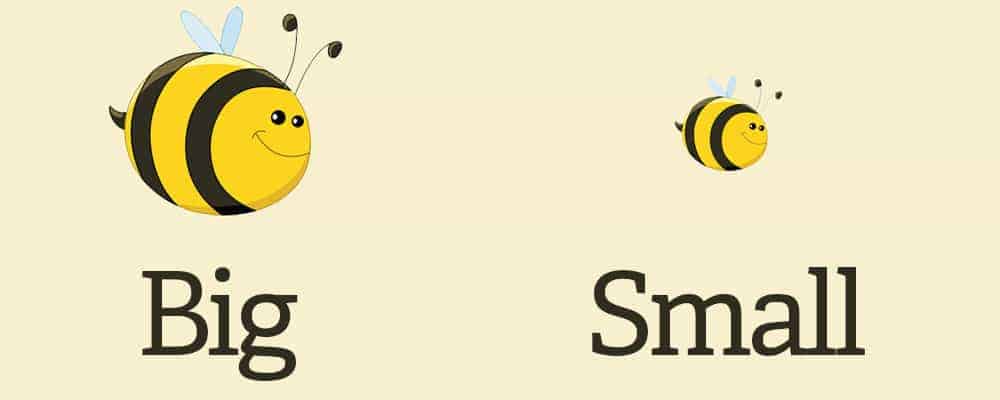







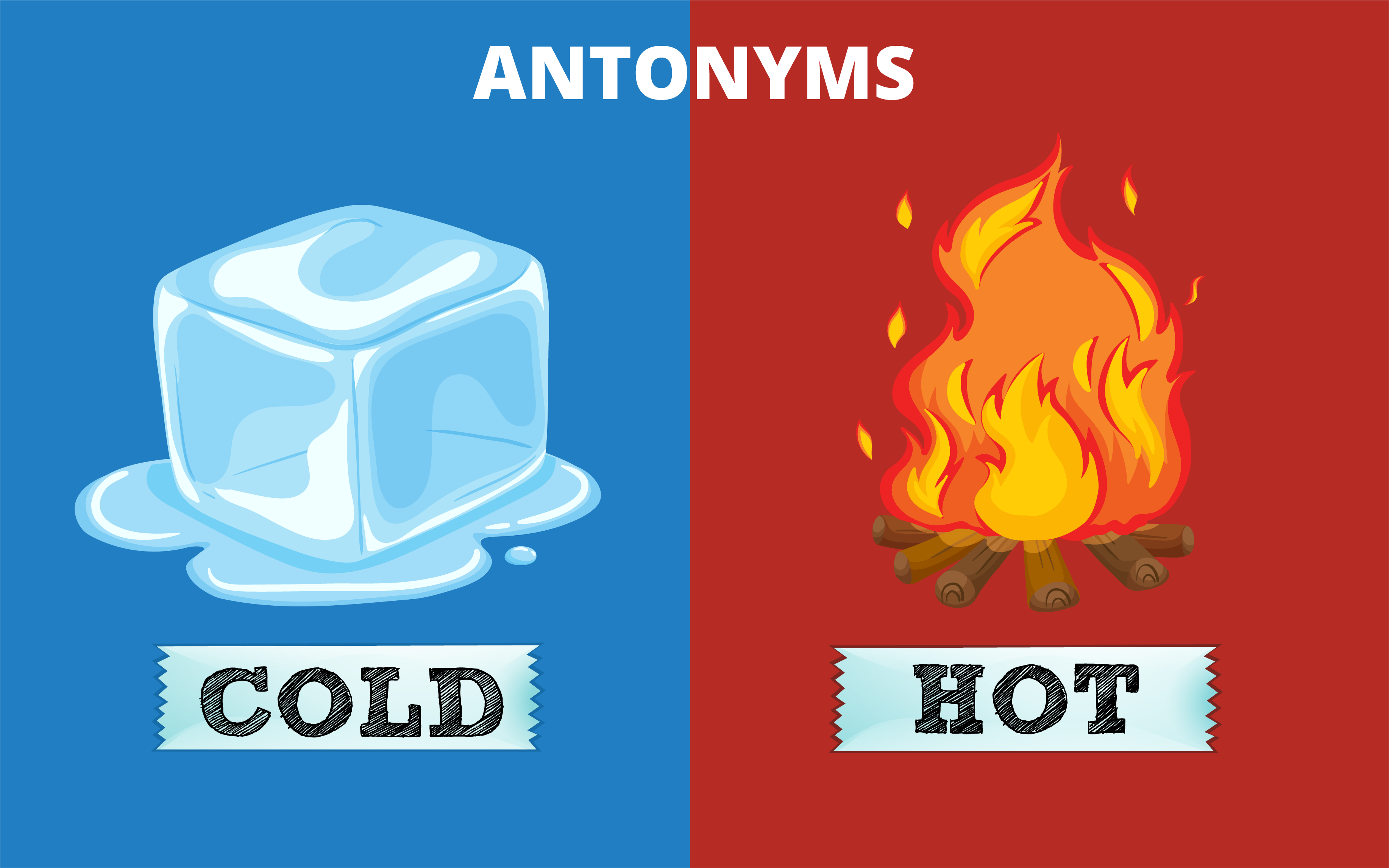



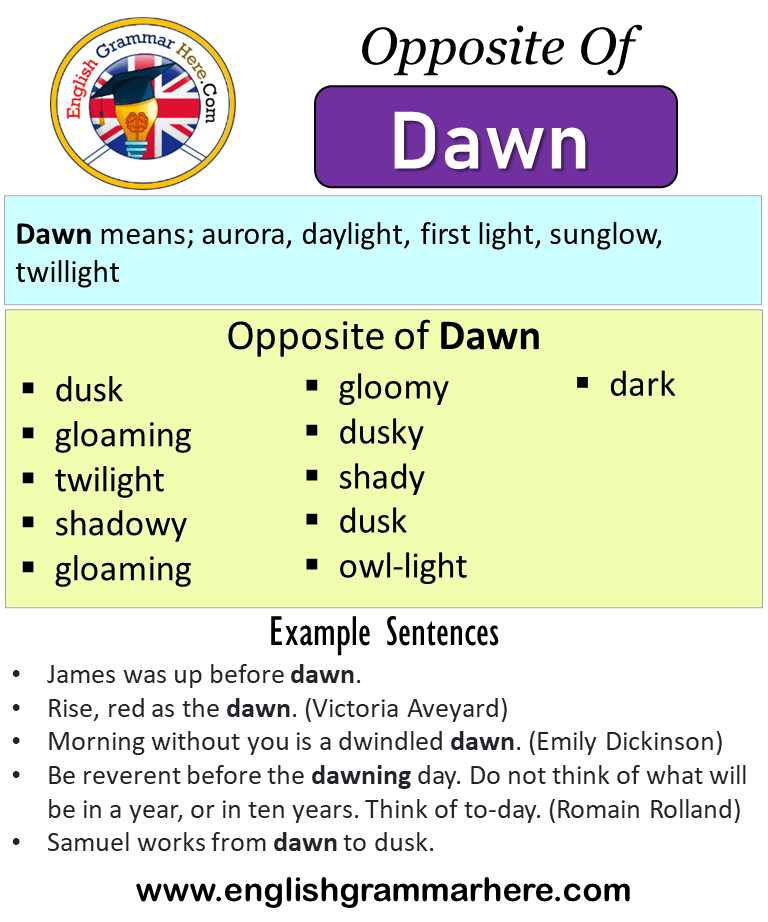

No comments:
Post a Comment
Note: Only a member of this blog may post a comment.